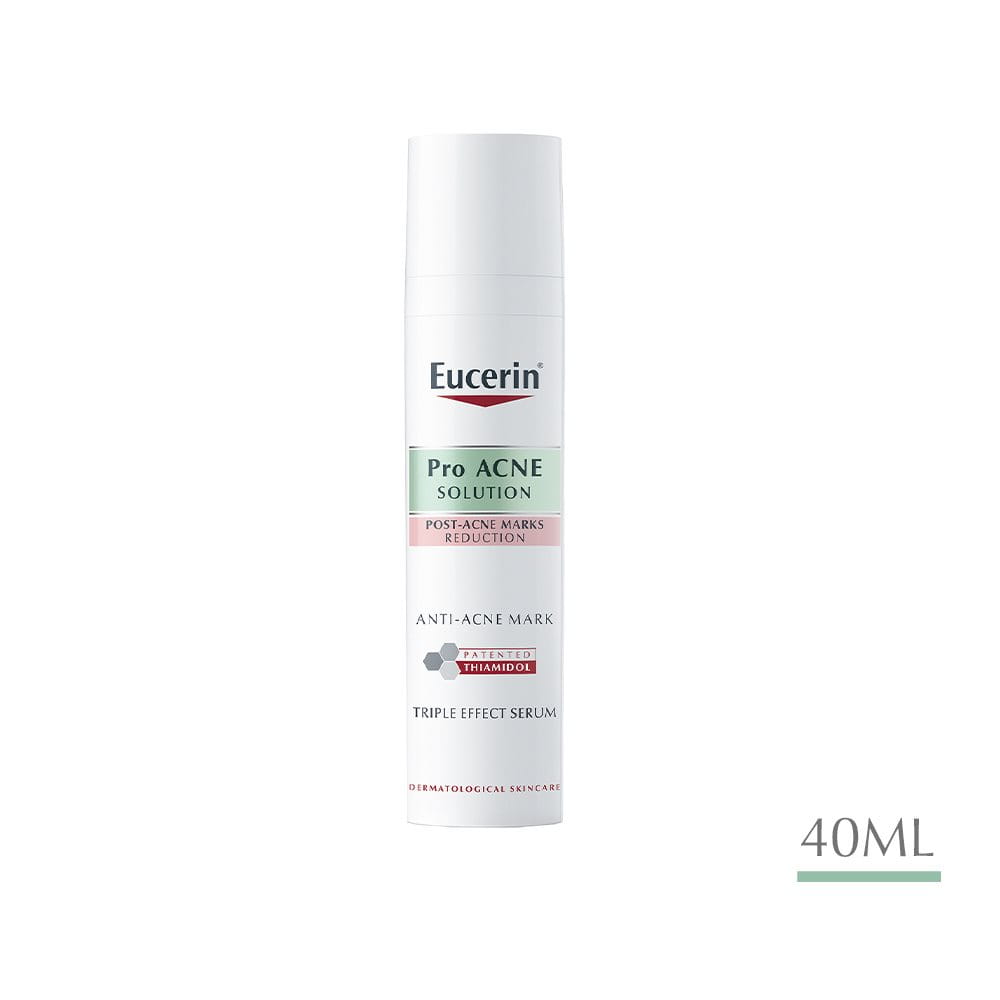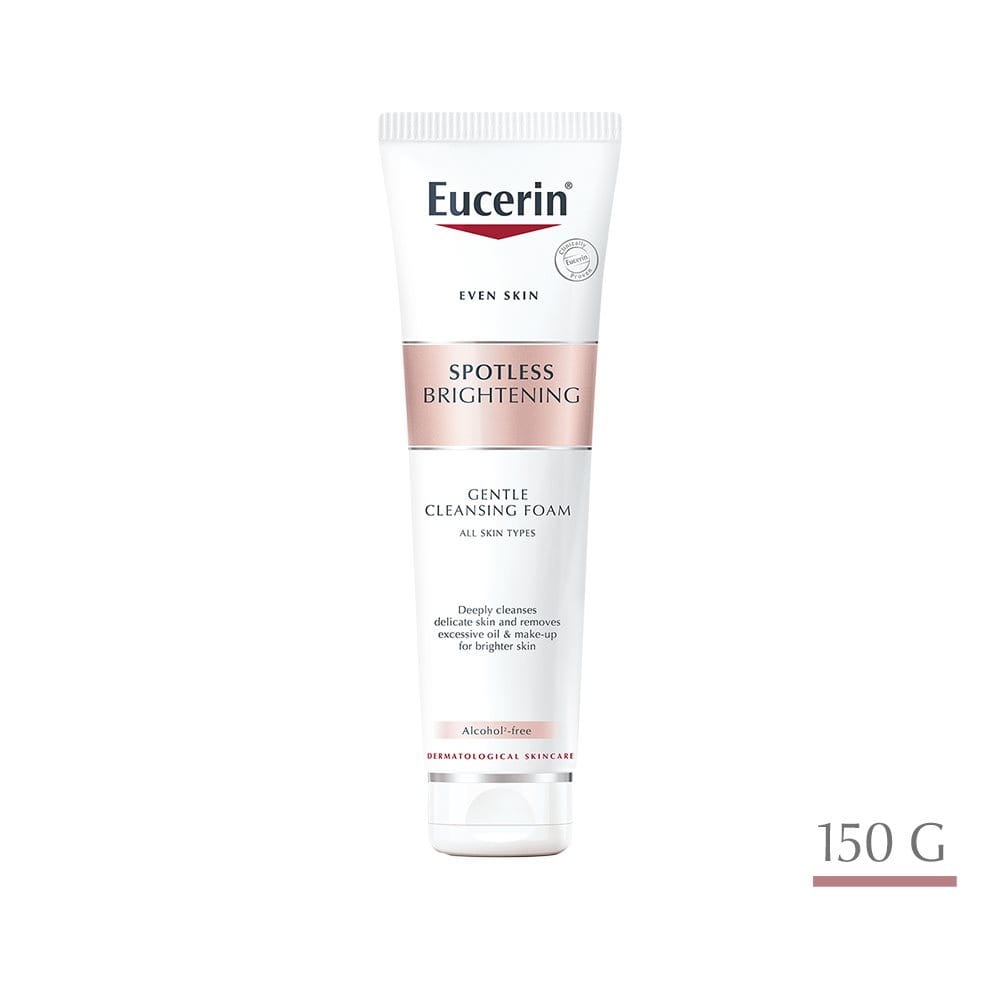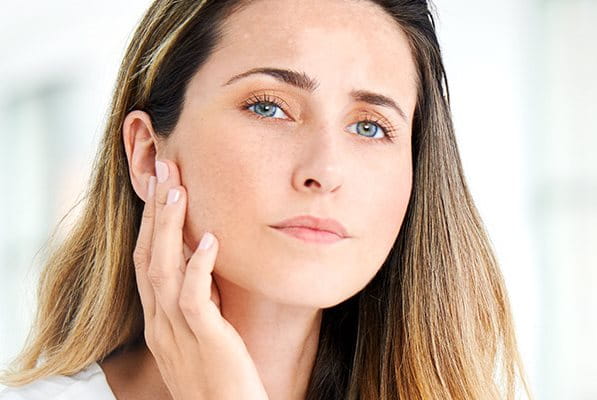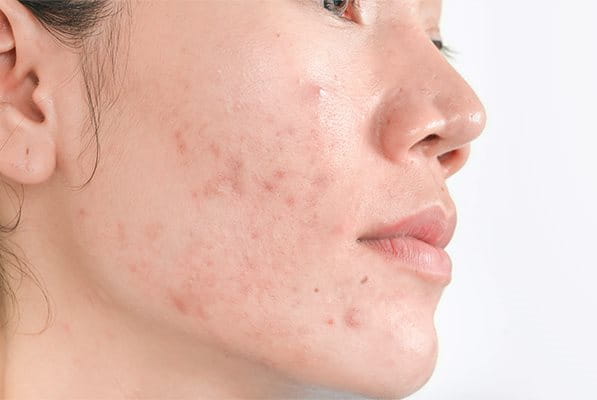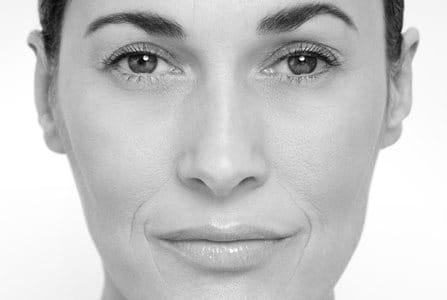Age spots (also known as sun spots or liver spots) are small areas of discolouration (hyperpigmentation). They frequently appear on the face, hands and other parts of the body regularly exposed to the sun. This article looks at what causes these dark spots on the skin and explains what you can do to prevent them from forming. We also look at how to get rid of age spots once they have formed using Eucerin products.
What are liver spots?
Age spots are small, flat, darkened patches of skin (light brown to black in colour), usually found on the hands, face, décolletage and other areas frequently exposed to the sun. They are sometimes referred to as liver spots due to the now-disproved belief that they were caused by liver problems.
Sun spots are a type of hyperpigmentation - a common skin condition whereby melanin, a natural pigment in skin, is overproduced causing dark spots and uneven skin tones. They are known by various other names, including lentigo senilis and lentigo solaris, sun spots, pigment spots.
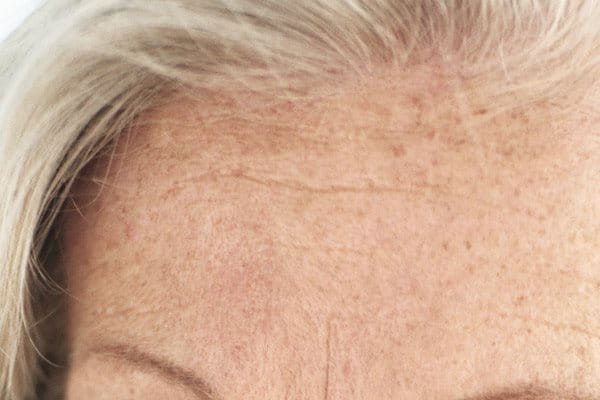
Age and over-exposure to UV light are both reasons why someone may develop hyperpigmentation (hence the names age spots and sun spots), and therefore they are very common in adults above 40. However, they can also occur in younger people due to inadequate protection against sun damage. The appearance of liver spots can make sufferers feel more self-conscious, particularly given their association with ageing.
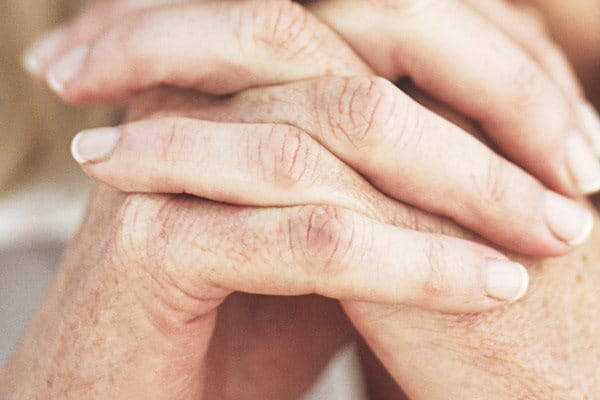
Given their similar appearance, sun spots can often be confused with freckles, with the difference being that freckles tend to fade away post-sun exposure whilst age spots are more permanent.
Although pigment spots are usually harmless, certain forms can be life-threatening, as in the case of melanoma. Therefore a regular dermatological assessment of the skin for pigment spots is advisable.
Hyperpigmentation can affect the skin colour of people of any skin complexion, although age spots are more likely to occur in people with lighter skin tones. There is no gender bias.
What causes age spots and how do they form?
Age, exposure to UV light, sun damage to the skin, genetics and hormonal influences are all factors in determining if and when someone’s skin may develop liver spots.
Sun exposure and age

Age spots are the result of local concentrations of excess melanin, with these areas caused by increased activity of melanocytes, the melanin-producing skin cells located in the basal layer of the epidermis.The major determinant of skin colour is not the quantity of the skin’s melanocytes, but their activity level.
Within the melanocytes are pigment granules, called melanosomes. These contain tyrosinase, the pigmentation enzyme that is key to the skin’s melanin production, and synthesised melanin.

Melanin absorbs the UV-radiation of the sun’s rays in order to protect the skin. Provided sun exposure is limited, the result is an even tan.
However, if skin is exposed to too much sun, over a long period of time, the activity of melanocytes will increase and too much melanin will be produced.
The result will be the appearance of brown spots on the most commonly exposed areas, such as the face, hands and décolletage.

As skin ages, the number of melanocytes decreases but the remaining ones increase in size and their distribution becomes more focused. Regulation of the melanosomses also becomes less controlled in older skin.
These physiological changes explain the increase of liver spots in those over 40.
Attention
Melanoma is a type of skin cancer that begins with the skin’s melanocytes. If you have a pigment spot that is changing in size, shape, colour, or is itching or bleeding, you should contact your dermatologist for further consultation.
Other factors
The skin’s melanin production process is the same regardless of the source of UV light. As a result, exposure to artificial sources such as from sun-beds can cause hyperpigmentation and sun spots.
Genetics can also play a part in the development of age spots. If a parent or parents have them then there is a higher chance of them occurring in the next generation.

Liver spots can also be induced by injury or inflammation to the skin. Also known as post-inflammatory hyperpigmentation (PIH), this condition can often occur following periods of dermatitis or acne.
Finally, changes in your body’s hormonal balance can also influence hyperpigmentation in the skin. The most common example of this is ‘the mask of pregnancy’, clinically known as melasma, with typically between 10-15% of pregnant women experiencing this.
How to get rid of age spots
While prevention is best, once liver spots have developed there are steps you can take to get rid of dark spots and prevent their re-appearance.
Liver spots treatment
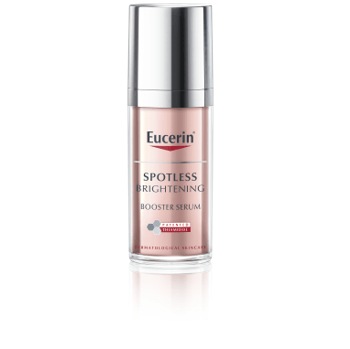
A daily skincare routine that incorporates products that are clinically and dermatologically proven to address sun spots can be an effective solution. Being non-invasive, dermo-cosmetic products can be used year-round. They can also extend the results of a dermatological treatment such as a chemical peel or laser therapy.
The Spotless Brightening range has been specially formulated to reduce liver spots (and other forms of hyperpigmentation) for more even and radiant skin.
Eucerin Spotless Brightening Booster Serum now comes in a mono-chamber pack, harnessing the power of two active ingredients, Thiamidol and Hyaluronic Acid to help reduce and prevent dark spots on the face. The updated packaging makes the product even easier to apply whilst delivering the same proven efficacy. First results are visible after two weeks and improve continuously with regular use.
How to remove age spots on hands
Dermatological treatments for age spots
Age spot removal treatments largely consist of chemical peels or laser therapy. Both of these treatment types have side-effects, such as irritation, inflammation and even burning, which can actually trigger post-inflammatory hyperpigmentation, especially on darker skin tones.
Sun spot removal treatments can also be expensive and invasive. Consult your dermatologist for more information if you are considering these treatment options. Products in the Eucerin Spotless Brightening range can be used to extend the benefits of dermatological treatments.

Chemical peels involve applying a chemical solution (such as an AHA) to the face, neck and hands to exfoliate skin (remove dead skin cells), stimulate the growth of new skin cells and reveal new skin.
Laser therapy has a similar effect but tends to be more precise as the dermatologist has more control over the intensity of the treatment. Laser treatments involve ‘zapping’ the affected areas with high-energy light. The mildest treatments work on the skin’s epidermis (surface layer), while more intense treatments can penetrate the deepest layers of the skin.
Regulation
A number of topical medical or skincare products are also available to regulate sun spots. Most rely on one or more of the following key ingredients to lighten the darkened skin patches, to match the normal skin colouration, and/or slow down the production of melanin:
- Hydroquinone 2-4% (Rx only). This is a powerful prescription-only skin bleaching agent that has been banned in cosmetics in the EU since 2001 due to its potential toxicological risks and its likelihood of causing post-inflammatory hyperpigmentation. It is available in lower concentrations (>2%) in some US over-the-counter remedies.
- Kojic Acid. A natural remedy for age spots and a by-product of the Japanese rice wine, sake. However, it is thought to be a fairly weak inhibitor of melanin production and is also banned in many countries.
- Glycolic Acid. As well as being used by dermatologists for chemical peels, Glycolic Acid is an active ingredient in many hyperpigmentation topical creams, albeit often in lower concentrations.
- Vitamin C derivatives. Often used in conjunction with other active ingredients, these derivatives have proven to be relatively effective against hyperpigmentation.
As well as regulating pigmentation, there are ways to prevent liver spots from occurring in the first place, and several key ingredients which can actively reduce the appearance of hyperpigmentation.
What can I do to prevent age spots?
Sun protection is the most significant step you can take to help prevent age spots from forming. It’s important to remember that the sun’s rays effect skin even on cloudy days, so give your skin the daily protection it needs. As well as reducing hyperpigmentation, Eucerin Spotless Brightening Day SPF30 offers effective UVA and UVB (SPF 30) protection and prevents the formation of additional sun-induced pigment spots. Pairing this sun protection day cream with the new mono-chamber version of the highly effective Booster Serum as part of a daily skincare routine will also help prevent age spots.
Limiting the time you spend in the sun will also help to reduce the formation of age spots. Try to keep out of the sun during its most intense hours and wear protective clothing including sun hats and sunglasses whenever possible. When skin is exposed to the sun, apply and regularly reapply a sun protection product:
- with a suitable SPF level
- which has been specially formulated for your skin type and condition

As well as regulating pigmentation, there are ways to prevent the occurrence and key ingredients to reduce the appearance of hyperpigmentation.
- Arbutin. This natural source of hydroquinone is a key ingredient in many skin-whitening products used in Asia. Although it is not as strong, or effective, as industrially-produced hydroquinone, there are similar concerns about its safety.
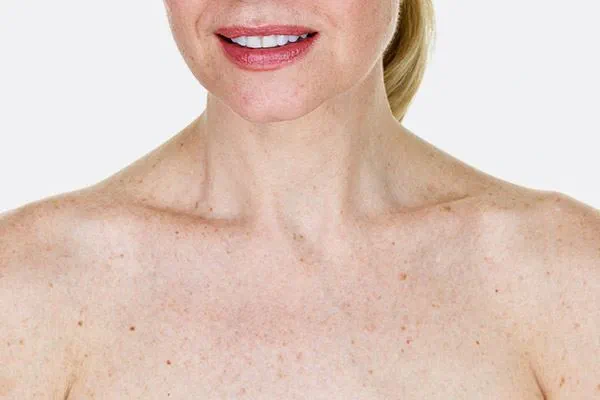
Our brand values

We deliver a holistic dermo-cosmetic approach to protect your skin, keep it healthy and radiant.

For over 100 years, we have dedicated ourselves to researching and innovating in the field of skin science. We believe in creating active ingredients and soothing formulas with high tolerability that work to help you live your life better each day.

